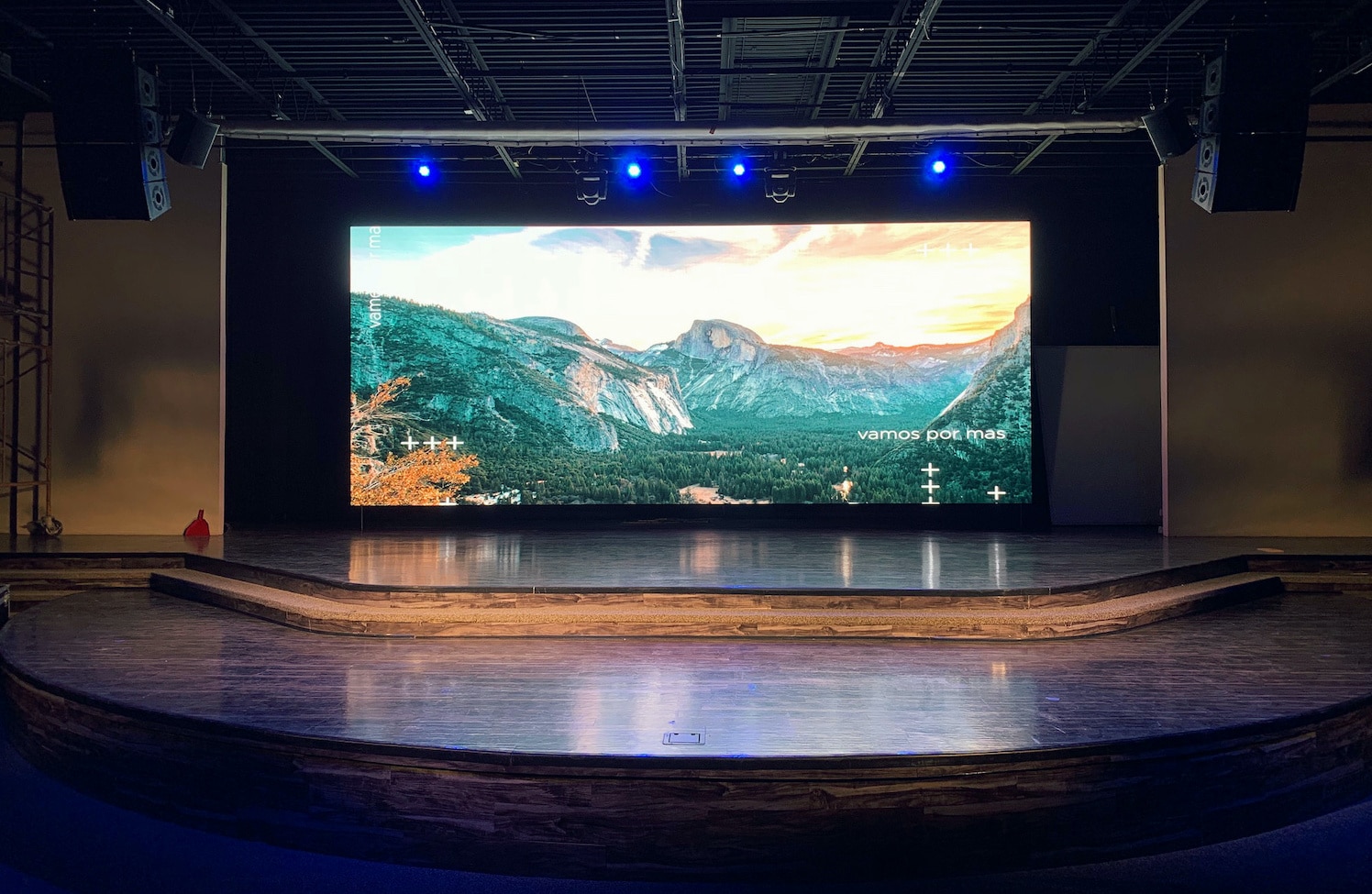Exploring How Definition Influences the Performance and Visual Caliber of LED Screens in Contemporary Display Technology
Exploring How Definition Influences the Performance and Visual Caliber of LED Screens in Contemporary Display Technology
Blog Article
LED screens are growing increasingly common in various settings, from musical events and athletic events to business presentations and art exhibits. One of the most crucial elements that influence the performance and image quality of these displays is image clarity. Resolution denotes the number of pixels that make up the visual on the display. Increased image clarity indicates more picture elements, which can lead to sharper and clear images. Grasping how resolution impacts LED walls can assist users make knowledgeable choices about their screen requirements.
When talking about resolution, it is essential to take into account picture spacing, which is the gap between the midpoint of one picture element to the center of the following pixel. A smaller pixel spacing results in a greater image clarity, allowing for additional clarity in the images shown. For instance, an LED wall with a pixel pitch of 1.5mm will offer a sharper visual than one with a picture pitch of 3mm. This is especially crucial in environments where viewers are near to the display, such as in a compact location or a exhibition event booth. In these cases, a greater resolution can significantly improve the observing quality.
Another factor of image clarity is its impact on color accuracy and brightness. LED screens with greater image clarity often have superior hue rendering, indicating that the hues displayed are more vibrant and true to life. This is crucial for applications like advertising, where the objective is to attract interest and communicate a concept efficiently. Additionally, greater resolution screens can preserve luminosity levels even when viewed from different perspectives. This is crucial in large venues where audiences may be seated at different ranges and positions from the display.
The performance of LED screens is also affected by image clarity in terms of update frequencies and response times. A higher resolution display can support quicker refresh rates, which is essential for dynamic content such as videos and animations. This means that the images on the screen will appear more fluid and more fluid, improving the overall viewing experience. In contrast, lower resolution displays may struggle with fast-moving material, resulting in fuzziness or delay. Therefore, for events that rely on dynamic images, selecting a screen with a appropriate image clarity is vital.
In summary, image clarity plays a vital linked here role in defining the functionality and image clarity of LED walls. Factors such as pixel spacing, color precision, brightness, update frequencies, and reaction times all contribute to how efficiently a display can convey data and capture audiences. As advancements continues to progress, grasping these elements will help operators select the right LED screen for their particular requirements, guaranteeing that they obtain the optimal possible results in their presentations and events.